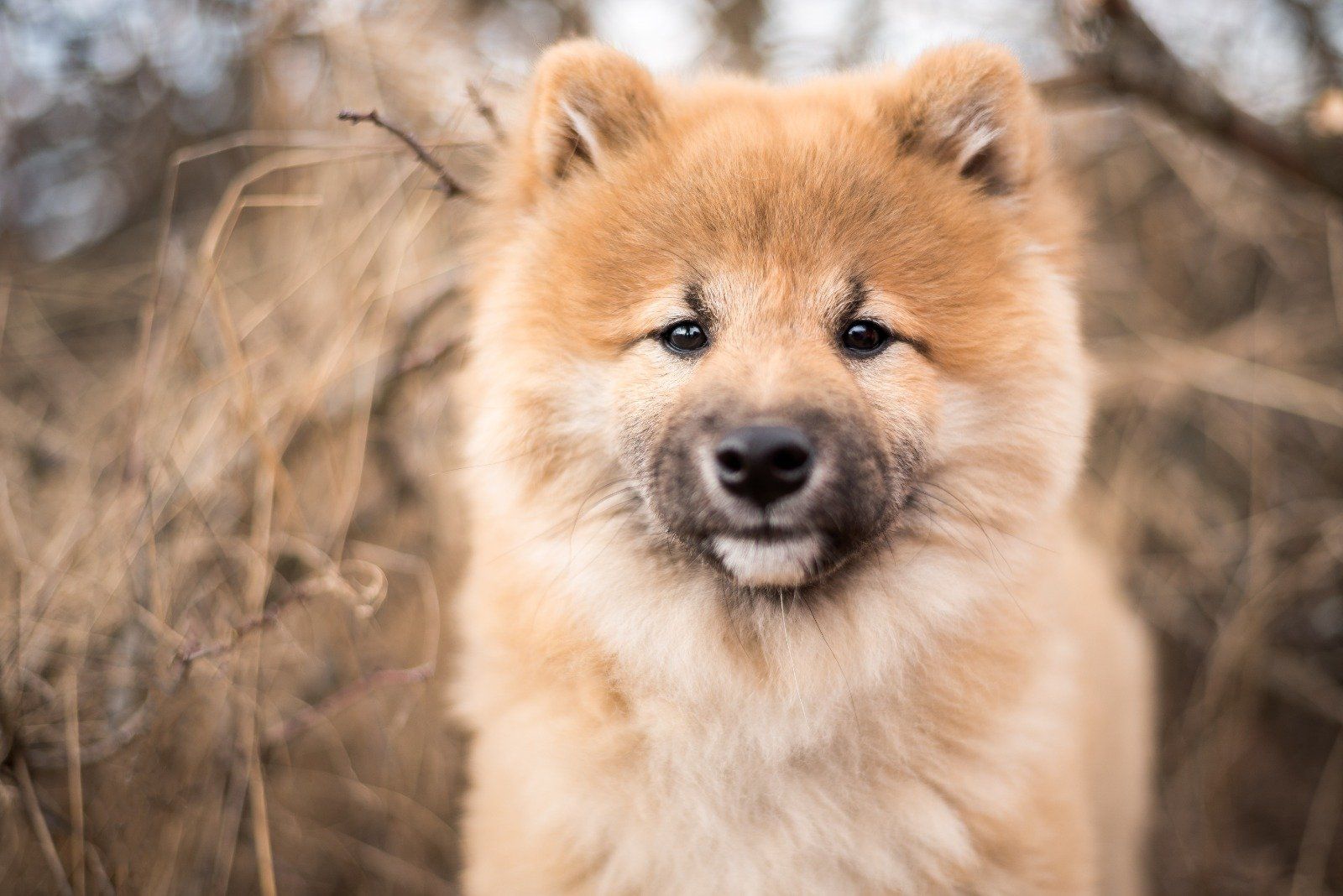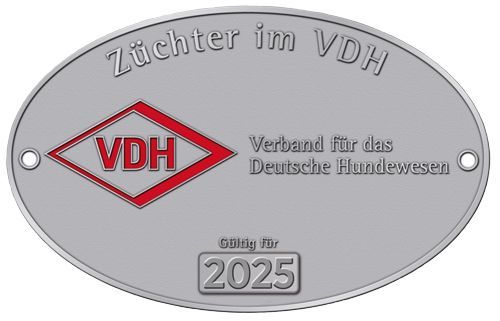Shiba Inu - small dog
Natural monument since 1936
The Shiba Inu is the smallest of the Nihon Ken breeds. Its name means "little dog." They are often compared to foxes because, at first glance, they closely resemble them.
He was a hunting dog for small game and birds. His speed and agility were outstanding, especially in undergrowth. This instinct is still frequently evident today.
Today, the Shiba has found many fans outside of Japan. Its population is currently not endangered, even in Japan, where it accounts for 80% of the dogs bred.
Today's modern Shiba is said to be a mixture of 3 types - San In Shiba, Mino Shiba and Shinsho Shiba.
Due to World War II, Nippo had no choice but to compensate for the loss of dogs by uniting the lines in order to protect and promote the breed.
The San In Shiba originates from Shimane, Tottori, and is characterized by a longer body, well-defined stop, mottled black color, and an independent, spirited nature. DNA analysis suggests a connection to the Korean Jindo Dog.
The Mino Shiba comes from Gifu and is characterized by a smaller stature, fiery red, deep brown triangular eyes, triangular upright ears, and the distinctive Sashi-U. He has NO Urajiro!
Shinsho Shiba originate from Nagano, also known as Shinshu Village. They are smaller in stature, have thick bristles, round eyes, and a black puppy mask in adulthood.
Character:
These little foxes are highly intelligent and, like all Nihon Ken, require consistent training. They are well-suited for various dog sports. Their size makes them excellent companions in the city, but they also have the endurance for long, extended adventures in nature. Despite their small size, they are fearless, brave, and alert.
Shiba Inu's are initially aloof and suspicious of strangers. They will never do anything they don't want to do, but they will do what they want to do with enthusiasm, regardless of whether it's welcome or not.
They are also appropriately referred to as the cat in dog's clothing.
News:
Unfortunately, we have to say that the Shiba is becoming increasingly popular, but many people pay little or too little attention to the breed. We then have overwhelmed dog owners who give these dogs away. One can also see an American trend. There are Shibas that are well above the breed standard, reaching almost 50 cm at the shoulder. They are also more powerfully built. I dare say that we will soon have an American Shiba alongside the American Akita.
Mameshiba, Koshiba, Mini Shiba - dwarfism, a reduction in size that undermines the Shiba standard. The opposite of the above-mentioned case. A practice primarily in Japan that does not serve the purpose of maintaining the breed's standard, but rather is intended to satisfy the "needs" of specific customer groups. These dogs do NOT receive a Nippon pedigree! However, there is now a separate club in Japan that supports them and issues pedigrees. This breed is also not recognized by the FCI. Acceptance by associations can occur under the declaration "non-FCI recognized breed," which allows for pedigrees to be awarded or participation in exhibitions to be made possible.
Health:
Shiba in the VDH (German Kennel Club) are subject to mandatory examinations for HD, PL, and eye problems. Breeders are free to perform additional tests.
The Shiba has been bred to be very healthy in recent years. HD is very rare. It is more common for PL, eye, and dental defects. Allergies may occur. Furthermore, GM (Gangliosidosis) found and then tested.
Oroshi by Michaela Volz
red shiba
Ideally a strong, rich red WITHOUT black hair (sesame content)
red sesame Shiba
ideally a homogeneous mixture of red and black hair
sesame Shiba
Ideally a shade of brown with black hair (sesame)
Photo by Sabrina Stief
black and tan Shiba
a black base tone with brown and white markings
white/cream Shiba
white to cream-colored ground, ears brownish
- not permitted in the standard -
Photo by Sandy Löwe
DANGER
There may be a long-hair gene in the Shiba
- not permitted in the standard -
Photo by Sabrina Stief
Pinto Shiba
Piebalds and spots
- not permitted in the standard -
The last exhibition took place in Hanover in 2019. There, we were able to meet a very special Shiba inu. A Shiba inu, of which we unfortunately didn't take a photo. This special male was the result of a marriage between a cream female and a B&T male. Needless to say, he had no papers and thus came from a private breeder. But now for the special feature that makes him unique and interesting... he was a brindle!
| FCI Standard | Nippon Standard | |
|---|---|---|
| Coat colors | Top coat straight and hard, the undercoat soft and dense, on the tail slightly longer and standing out | Main colors are red, black and sesame |
| red, black tan, sesame, black sesame, red sesame | brown fur is called red | |
| Definition sesame = good mixture of black, red and white hair, black-sesame more black than white, red-sesame basic color red mixed with black hair | red is represented at 80% | |
| Urajiro - whitish hair on the muzzle, cheeks, under the muzzle, throat, chest and belly, underside of the tail and inside of the limbs | Urajiro - the chest, belly, back of the foot and toes as well as the tail are covered with white hair, the contrast is deep | |
| Size | Male 39.5 cm, tolerance plus or minus 1.5 cm | Male in optimal average 39.5 cm, permissible range 38 - 41 cm |
| Female 36.5 cm, tolerance plus or minus 1.5 cm | Female optimal average 36.5 cm, permissible range 35 - 38 cm | |
| Weight | - | Male 9 - 11 kg |
| - | Female 7 - 9 kg |












